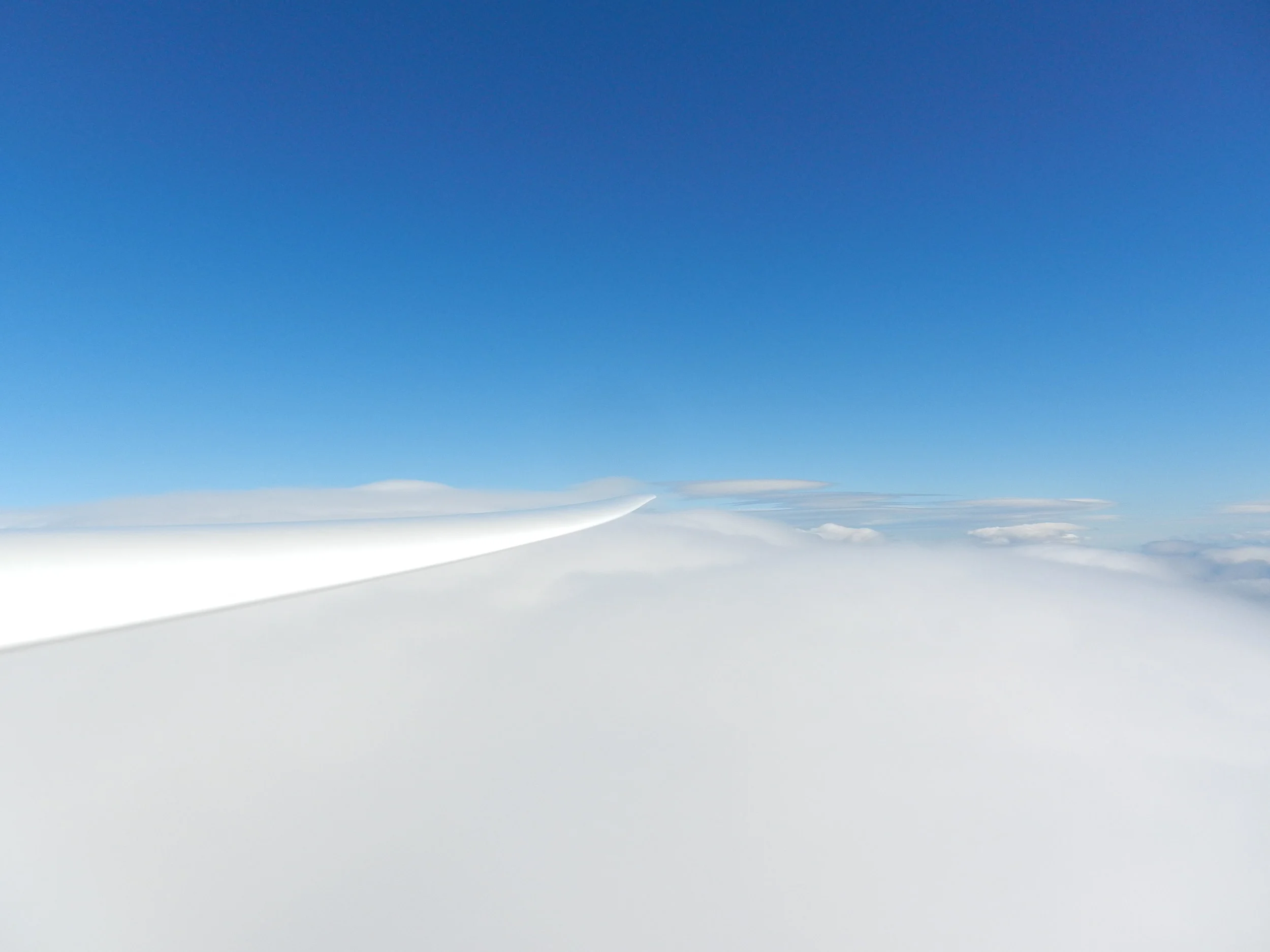




Getting Started
Getting Started
New Pilots
If you are just beginning to learn about soaring, Hollister Soaring Center provides training with fantastic CFI-Gs. They will cover everything from your introductory flight to your certification. They offer an accelerated course for new pilots, usually spanning 6-8 weeks, and one for transitioning power pilots spanning 2-3 weeks.
Russel Holtz provides excellent introductory material for learning to fly gliders. The volume Flight Training Manual for Gliders covers flight training, while the Glider Pilot’s Handbook of Aeronautical Knowledge covers the knowledge training. They cover all topics required by the FAA from your first flight to the Bronze badge. The material is very clearly presented with easy-to-read figures and explanations. Start here!
Private Pilot Glider Practical Test Standards (PTS) - FAA 2011. The PTS establishes the standards for private pilot certification practical tests for the glider category. FAA inspectors and designated pilot examiners shall conduct practical tests in compliance with these standards. Flight instructors and applicants should find these standards helpful during training and when preparing for practical tests. This is the material from which the examiner will pull his questions.
Condor is a flight simulator for gliders. It has accurate flight models for many gliders, and is very useful if used as a supplement to real flying. Russel Holtz provides a set of Condor scenarios to go along with the lessons in his books.
Continued Learning
Did you pass your private pilot glider check-ride and are now wondering what you can do to further your training? Want to safely expand your experience? Looking for additional things to do within your BASA membership? Expanding Soaring Horizons by Wolf Weber provides some ideas for training, growth, and new challenges.
Thermalling
Thermalling Basics - Richard Kellerman.
Thermalling Skills 1/3 -- Larry Suter. This presentation gives first approximation answers to:
Is this a thermal?
When should I start turning?
Which way should I turn?
How do I "center" a thermal?
Thermalling Skills 2/3 -- Larry Suter. This presentation discusses basic models of thermals, which should guide how we think about thermals while in the air.
Thermalling Skills 3/3 -- Larry Suter. In Larry's final installment in the series, we learn when to leave the current thermal, how to find the next thermal, and how to get there efficiently.
Wave
Finding Wave at Hollister -- Harry Fox. Harry gives a presentation on how to find wave near Hollister. He also wrote notes to accompany the presentation.

Cross Country
Cross Country
XC Tactics for Hollister - Ramy Yanetz.
XC Between Hollister and Avenal - Harry Fox.
Preparing for Long Glider Flights - Harry Fox.
Hollister Soaring Net. A previous version of the HSC website, still with valuable local cross-country knowledge.
Introduction to Cross Country Soaring - Kai Gertsen. This publication does not offer any new brilliant strategies, nor does it reveal any deep-guarded secrets. This is merely an effort to compile most of the practical aspects of cross country soaring in one handy booklet for the aspiring cross country pilot.
Off-Airport Landings - Kai Gertsen. Luck plays a surprisingly small role in field landings. Ninety-nine percent is know-how, preparation, and skill. Warning: there will be a test sometime after this course. The time and place will be your first field landing, and failing is not an option.
Extending the Basics of Cross Country Soaring - GFA.
Becoming Competitive in Gliding - GFA.
Just a Little Faster, Please - John Cochrane. There comes a time that you want to fly a little bit faster. Maybe you’ve been to a contest or two and you’ve seen what amazing speeds the top pilots achieve – and often in surprisingly bad conditions. Maybe you want to go for a badge, or just cover a little more territory in your cross-country flying. We are glued to this sport by obsessive self-improvement, and a little more speed soon becomes the focus of that obsession.

Aerobatics
Aerobatics
Basic Sailplane Aerobatics - Jonathan Hughes. Jonathan presents a few aerobatic maneuvers that can be performed in our DGs in order to gain confidence, learn more precise control, to have something to do on bad soaring days, and just to have some fun!
US Air Force Academy Aerobatics Techniques Guide. This Techniques Guide outlines the training required to fly and instruct aerobatic maneuvers in the TG-9A. It prescribes the overall plan of instruction, specific instructions for each maneuver, and basic/advanced aerobatic training programs.

Safety
Safety
PASCO Safety Articles
- Safety Comes First - Bruno Gantenbrink. A candid commentary on soaring safety. 'That sentence, "The most dangerous part of gliding is the trip to the glider field" is the dumbest, most ignorant saying that has found a home in our sport.'
- What Causes Accidents - Bill Reuland.
- Complacency: What Me Worry? - Martin Hellman. None of us think of ourselves as resembling Alfred E. Newman – the "What me worry?" Mad Magazine character – until after an accident, when we rigorously review what we could have done differently.
- Physiological Hazards of Soaring Flights - Dr. Walter B. Cannon, MD. Medical conditions which could create dangerous situations in flight.
- Mountain Flying Safety - Richard Pearl. Do you know the affect of high altitude on your glider? What speed should you fly? Take off? Landing?
- Staying Safe in Wave - Fred LaSor. Considerations on flying at high altitudes for extended periods of time.
Air Sailing Safety Articles
- Glider Accidents and Prevention -- Larry Suter & John Scott
- Dangers of Low Thermalling
- Safety in Mountain Flying








